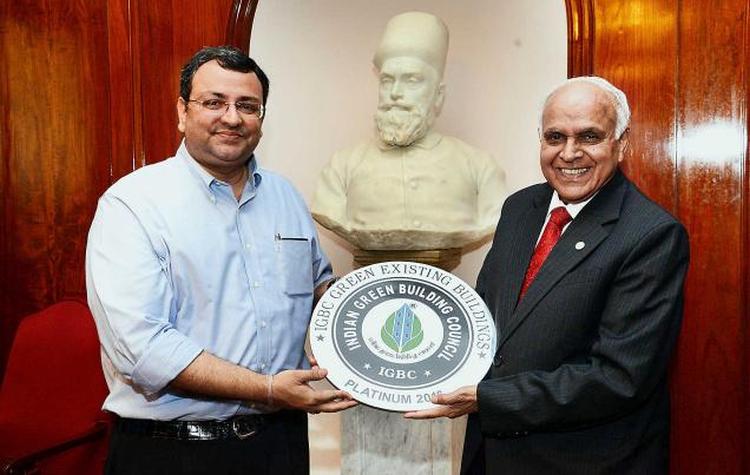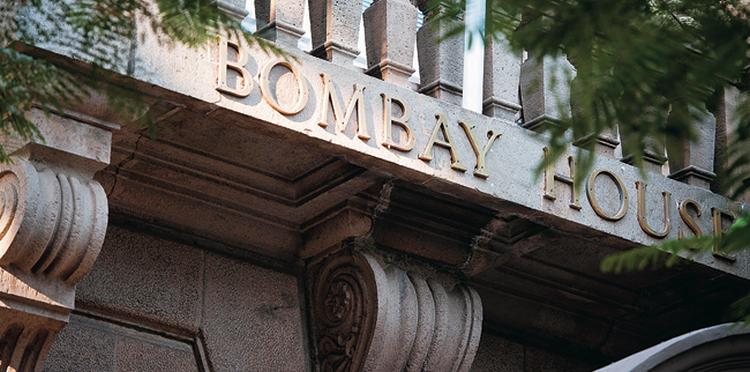Tata Group’s HQ ‘Bombay House’ India’s first heritage building to win IGBC platinum rating

Indian Green Building Council is country’s premier organization awarding green ratings to sustainable structures. This time in the Green Existing Buildings category, IGBC has awarded Bombay building the platinum rating for its efficiency and sustainability. This makes Bombay house the first platinum rated heritage building in India.
The idea of green building has been munching up a lot of limelight in the recent times. Buildings such as the Green Business Center in Hyderabad have recently been built with state-of-the-art sustainable practices but there are heritage structures such as Bombay House, which have been steadily transforming into green buildings and recognizing their efforts is a good idea.
Green buildings by definition are structures which ensure efficiency and sustainability with use of natural resources as building materials, conserve energy and water and produce no or very little non-degradable waste.

Bombay House is a 93 year old building which was completed near Flora Fountain in 1924. The four storey colonial structure has ever since its formation served as headquarters for Tata Group. Since 2010 the heritage building has been transforming sustainably. The building has improved on its energy efficiency by 35 percent.
Building has won the rating for implementing measurable sustainable solutions in water efficiency, energy efficiency, facility management and health and comfort management. For meeting the prerequisites, Bombay House is fitted with waterless urinals, solar panel to meet electricity needs, a segregated waste management system and a green policy for resource conversion.
Most of the sustainability works have been implemented by Tata’s own The Associated Building Company Limited (ABCL), which is responsible for works in areas of green building and facilitation.
IGBC Green Existing Building rating is awarded to buildings on basis of their sustained performance with respect to green features implemented. The rating works by identifying both tangible and intangible sustainability benefits to the building. While 15-30 percent energy efficiency and 15-50 percent water saving are tangible parameters, enhanced air quality and health of the occupants make for intangible benefits.